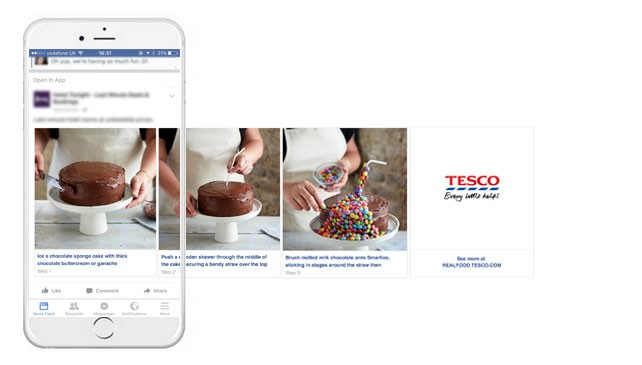In the modern era, the future of a brand lies in the hands of online communities. The collective voice of online consumers is so powerful that it can either make a brand successful or bring it down to nothingness. This has been the trend of marketing today and we’ve all seen such events unfold before us.
How many times have you come across a Facebook post wherein customers are roasting a particular brand for an oversight or mistake? This may not result in the end of a company but it can deeply affect its brand image. In short, brands must be wary of the voice of online customers and strive to leverage it to their own benefit.
One of the most popular yet challenging ways to gain customers’ trust is through customer-centric content. Such content helps to position your brand as an authoritative and credible leader in the market.
Now, let us understand what customer-centric content is?
In traditional forms of marketing, content is focused on putting the brand in the forefront. It is aimed at generating brand awareness, website traffic, and driving leads through the sales funnel.
Customer-centric content, on the other hand, targets these objectives through a more subtle approach. Some of the characteristics of this form of content are:
- It is based on data collected from the target audience
- It provides readers value without requesting for anything in return
- It is customized according to certain user preferences
- It is in sync with a brand’s customer-centric approach
Let us now look at 5 different ways of creating customer-centric content:
1. Create Customer Personas
Customer personas help in creating content that is relevant for the buyers. It is basically a guideline to understand the real customer, their job titles, their interests and preferences and education level. There are several free persona templates that startup brands can use.
Once customer personas are created, set out to establish your marketing message, your mission statement, and the possible reactions of the audience to your value proposition. Keep referring to these personas during content development to ensure that your communication remains relevant.
2. Interview the Audience
In order to understand the audiences’ mindset or fill out personas accurately, you must collect information and data. Interviewing the target audience is one of the best ways to acquire data. This could be a face-to-face interview or an online survey created using Google Forms.
Take a look at your customer personas to understand what kind of information you need and frame the questions of the interview/survey accordingly. You can maximize the response rate for your survey by offering a discount or incentive for responding to it.
3. Search Engine Optimization
This is a widely recognized approach and you must utilize it in the best manner possible. Creating consumer-centric content involves a presence on platforms that are used to find solutions to their problems. Search engines are one of the most popularly used discovery platforms for consumers. The tricks and tactics for this technique are easily available online.
You must also identify keyword opportunities on the basis of what consumers are searching for. AdWords Keyword Planner is a tool that can help to create the right content for the right customer using the right keywords. Make use of this tool efficiently as it will give you an insight into the topics that your customers are talking about.
4. Focus on the Content Format
The content format is dependent on customer demographics. For instance, if you are reaching out to professionals, you must utilize whitepapers, case studies or research reports. Similarly, if you are trying to engage with teenagers, your content must take the form of quizzes or humour.
Furthermore, the consumption channel will also vary on the basis of your target audience. This focuses on the social media platforms and an understanding of where your target audience is active.
5. Eliminate the Jargon
Certain brands tend to utilize jargon in their communication. Remember that this does not impress the audience since they are unable to comprehend what you are trying to say. Always keep the language simple and easy to understand. Keep it concise and straight to the point.
Customer-centric content is of immense importance today and no brand can attain success till they start focusing on this aspect of marketing. Without resourceful and engaging content, a brand cannot place itself in the customer’s mind and will eventually die out of the market.














![11 Technical SEO Tips to Boost Your Site’s Rankings [Infographic]](https://wp.jointviews.com/wp-content/uploads/2017/11/info-ftr-img.jpg)


